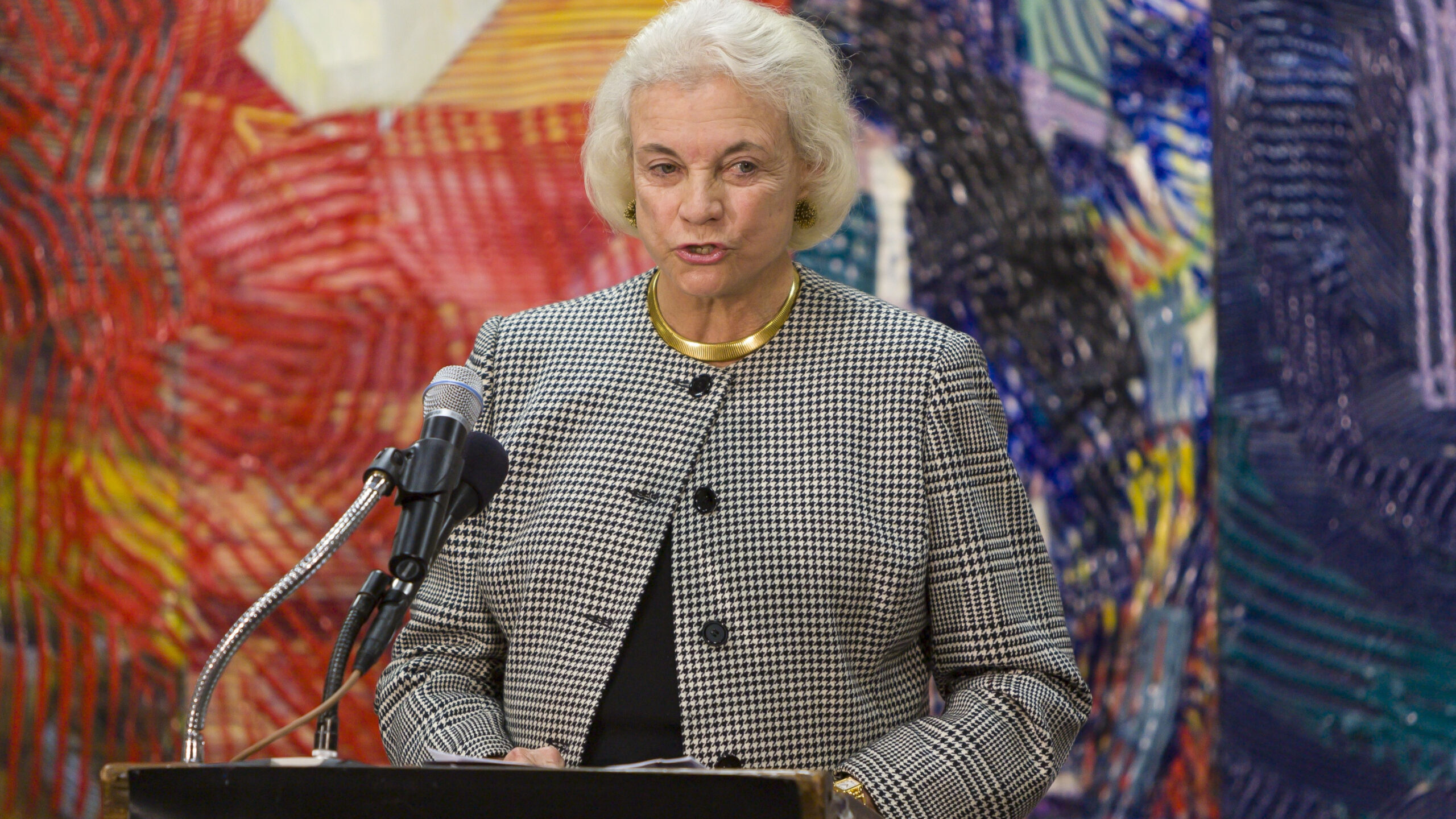Further Research Showing How Copyright Regulations Drive Investment
Research released today picks up on a theme from Dan’s Friday post about the European malaise: legal infrastructure can either incentivize or discourage investment, and the innovation that this investment produces. Whether it is the taxi industry, Internet radio, or music discovery services, the regulatory apparatus can either drive investment away, or draw it in.
The paper released today by the Analysis Group, commissioned by CCIA, looks at the impact of a 2007 legal change on investment in the webcasting industry. Given what we already know about how poorly U.S. copyright policy has served Internet radio, the paper provides a somewhat unsurprising conclusion: when the Copyright Royalty Board dramatically increased the royalty rates paid by webcasters for the period 2006-2010, venture capitalists perceived that as a negative change to the landscape, and accordingly reduced their investment in the industry. When analyzed relative to European investment over the same period, the result was approximately $100 million in lost U.S. venture capital investment over the following years.
This is consistent with what we’ve previously heard about the viability of new ventures in this sector. When testifying before Congress on music licensing last year, venture capitalist David Pakman said:
“…the failure rate of digital music companies is among the highest of any industry we have evaluated. This is solely due to the over-burdensome royalty requirements imposed upon digital music licensees by record companies under both voluntary and compulsory rate structures. The compulsory royalty rates imposed upon internet radio companies render them non-investible businesses from the perspective of many VCs.”
As Congress continues evaluating potential copyright reforms, this paper is particularly timely, but in fact we have seen this effect confirmed before. When court decisions have produced greater certainty in emerging sectors, such as cloud computing, investors have responded accordingly, and increased investment significantly. By contrast, European judicial decisions – which were more hostile to cloud computing – produced a corresponding decrease in investment. In fact this 2011 survey of investors by Booz & Co. showed exactly the same conclusion: early-stage investors indicated that they would be substantially less likely to invest in industries when the relevant regulatory structure presented a higher risk of liability.
As Dan mentioned on Friday, fair use is another example of IP policy encouraging investment. We know that copyright law, and fair use in particular, has had a differential impact of different nations’ search industries, and this anecdotal evidence is confirmed by the empirical data. The flexibility of the legal system can encourage new services. There was a time when it was questionable whether copyright law permitted constructing a database to provide answers to users about the database content. This proved to be an obstacle to numerous online innovations, and in a variety of cases over time – including disputes involving image search and plagiarism detection – courts confirmed that when the application of the database was transformative, the copying of the individual elements was considered fair use.
A more recent example is Shazam’s recently-updated iPad app. Shazam pioneered the feature of recording music being played in real-time, and then comparing that clip against a database of music recordings. At first, Shazam answered the perennial “what is that great song on the radio?” question, and then directed users to services where they can buy it. This was a great feature on its own, but with the latest update, Shazam now “auto-tags” not only music content, but also TV, all while running in the background on an iPad. (To be fair, audio identification of television content isn’t entirely new: Yahoo’s IntoNow Android app was named TIME Magazine’s “Top App of the Year for 2011.”) Shazam’s auto-tagging aspect sets it apart, however, in that, when activated, it aims to tag all television, music, and commercials to which it has access. This allows users to later browse, ‘favorite’, or buy content they’ve previously heard — whether that is television programs viewed, or music on the car radio during your commute. Only under a legal rule permitting fair use could a robust database of this nature be deployed to users.
Whether it is royalty rates discouraging investment, or copyright exceptions encouraging new features like Shazam’s auto-tagging (or, for that matter, taxi regulations and personal vehicle services) we repeatedly see that regulation can make or break innovative new startups.








